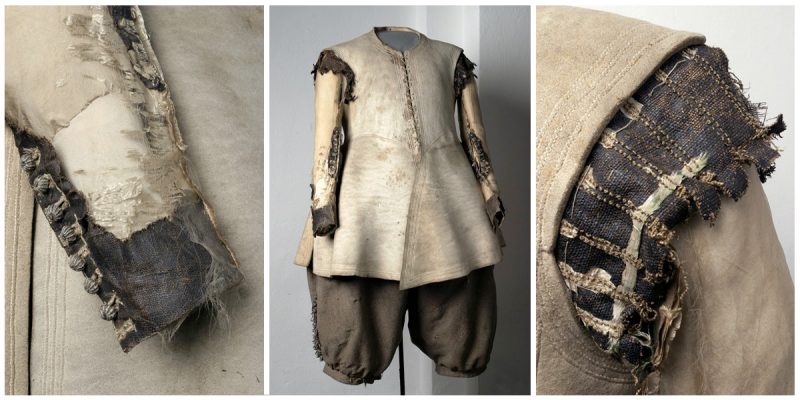Buff coats (the term deriving from the ox or buffalo hide from which it was commonly made and its yellowish color) are the thick leather coats, often worn under armor by cavalry and officers during the 17-th century. It also saw limited use by some infantry.
They became a popular alternative to plate armor, as they are fairly light and flexible and yet strong enough to give protection against sword cuts.
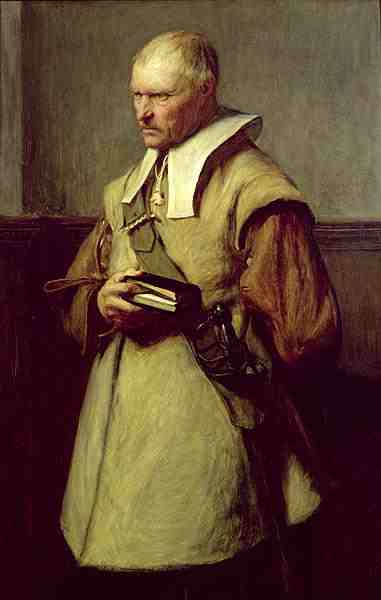
It was almost as a sort of gambeson- filling in the gaps where the armor would be too restrictive, though it was also be worn as an alternative to metal armor. However, the buff coat was ineffective against firearms, possibly excepting spent bullets.
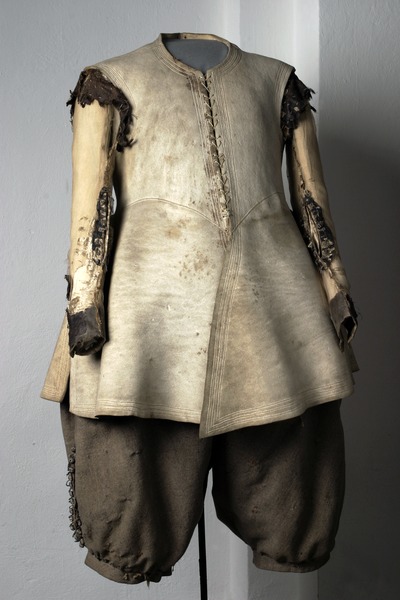
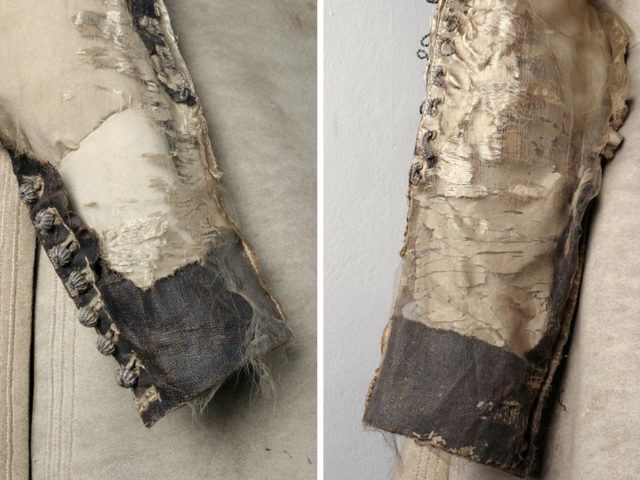
Also called a buff jerkin, the historical buff coat was developed from simple leather jerkins worn by huntsmen and soldiers during the Tudor era. The leather of these coats is very thick and can be as thick as 5mm. Many high-quality examples show apparent fastenings of gold or silver tape at the front. However, these were merely decorative.
The finest quality buff coats were expensive, which may account for their widespread association with officers and other men of material substance. The very finest buff coats were made of elk hide. Carbine belts were also made of buff leather.

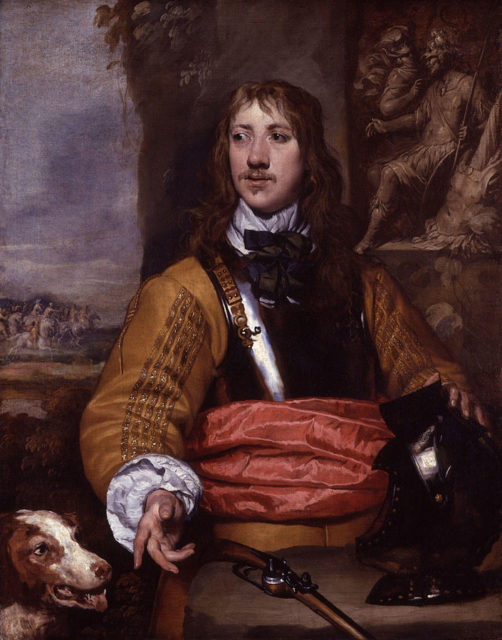
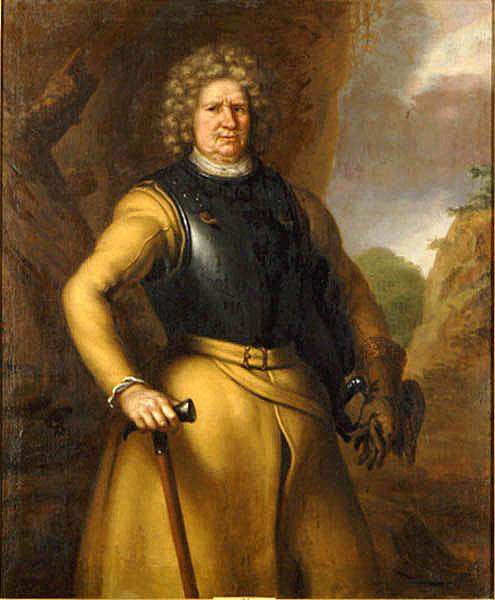
Ties close the front and the ends of the long sleeves and panels extend from the waist to cover part of the legs for additional protection.
Some Spanish examples have buff bodies with elaborate velvet sleeves to give a hint of fashion as well as displaying wealth.
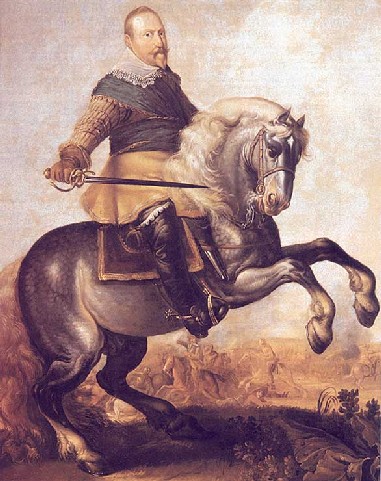
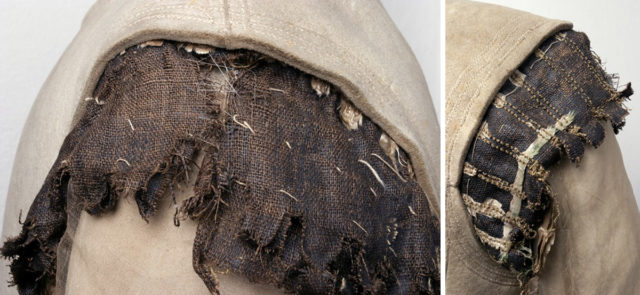
Buff coats were issued to a minority of musketeers in the pike and shot formations to give them some protection during hand-to-hand combat.
They were also worn by civilians requiring a protective and durable garment, such as huntsmen and men traveling on horseback.
